Curry Spice
What Is Curry Spice?
What exactly is curry spice? Where did the word originate, what does it describe, and how does it differ from curry the dish?
As a spice, Curry doesn’t refer to a specific spice. Instead, it’s a term used to describe a mixture or blend of spices commonly used in various cuisines, particularly in South Asian and Southeast Asian cooking. The exact composition of curry spice blends can vary widely depending on regional preferences and specific recipes, but they typically include a combination of aromatic and flavorful spices.
Some common spices that are often found in curry spice blends include:
- Turmeric: This spice makes curry yellow and adds an earthy, slightly bitter flavor.
- Cumin: Cumin provides a warm, nutty, and somewhat earthy flavor to curry blends.
- Coriander: Coriander offers a slightly sweet, citrusy taste, complementing the other spices.
- Cardamom: Cardamom contributes a complex, aromatic, and slightly sweet flavor.
- Cinnamon: Cinnamon adds a warm, sweet, and fragrant element to the blend.
- Cloves: Cloves provide a strong, sweet, and slightly spicy flavor.
- Black Pepper: Black pepper adds heat and a mild spiciness.
- Ginger: Ground ginger or dried ginger adds a spicy, citrusy, and slightly sweet note.
- Chili Peppers: Various types of chili peppers or chili powder can be included depending on the desired heat level.
- Fenugreek: Fenugreek seeds or leaves contribute a slightly bitter, maple-like flavor.
It’s important to note that the specific spices and their ratios in a curry spice blend can vary significantly from one recipe to another and between different culinary traditions. Different regions and cultures have their own variations of curry blends, resulting in various flavors and heat levels.
In summary, “curry” as a spice refers to a blend of spices used in cooking to create a rich and aromatic flavor profile. The exact composition of this spice blend can vary widely, and it is a key element in many dishes across South Asian and Southeast Asian cuisines.
What Is the Difference Between Curry the Spice and Curry the Dish?
The term “curry” can be confusing because they are used in two different contexts: as a spice blend and as a type of dish. Here’s the difference between “curry” the spice and “curry” the dish:
- Curry Spice (Curry Powder or Blend):
- Definition: Curry spice, often called curry powder or curry blend, is a mixture of various spices and herbs commonly used in cooking. It’s a seasoning blend, not a single spice.
- Composition: Curry spice blends typically include a combination of spices like turmeric, cumin, coriander, ginger, cardamom, cinnamon, cloves, and chili powder, among others. The specific ingredients and ratios can vary widely depending on the blend.
- Usage: This spice blend is used as a flavoring agent to create the characteristic taste of curry dishes. It is added to various recipes to impart the flavors associated with curries.
- Curry Dish (Curry Recipe or Curry Sauce):
- Definition: A curry dish is a specific type of culinary preparation that incorporates meat, vegetables, legumes, or other ingredients cooked in a sauce or gravy with a distinct flavor profile.
- Ingredients: The ingredients for a curry dish can vary widely, and the choice of spices, proteins, vegetables, and base liquids (such as coconut milk or tomato sauce) depends on regional and personal preferences.
- Preparation: Curry dishes involve cooking the ingredients in a sauce made with the curry spice blend (or other spices), often along with additional flavorings like garlic, onions, and herbs. Depending on the recipe, the dish can be thick or thin, mild or spicy.
- Examples: Common curry dishes include chicken curry, vegetable curry, beef curry, and many others, each with its own unique combination of ingredients and flavors.
In summary, “curry” the spice is a mixture of various spices used to flavor dishes, while “curry” the dish refers to a specific type of meal prepared with a sauce or gravy that typically incorporates meat, vegetables, or legumes. The use of curry spice in a curry dish is what gives it its characteristic flavor, but the exact ingredients and preparation methods for the dish can vary widely depending on cultural traditions, regional influences, and personal preferences.
How Curry Spice Blend Is Prepared
Most traditional Indian cooks make their curry seasoning from toasted whole spices that they grind themselves. There are probably as many curry seasoning blends as there are cooks who make curry, and most of them contain anywhere from 5 or 6 to as many as 30 different herbs and spices.
As a convenience, curry powder blends are sold in most grocery stores. Some curry powders are hot and spicy, and some are much milder. If you don’t fancy grinding your own spices, try several different brands of curry powder until you find one that you like.
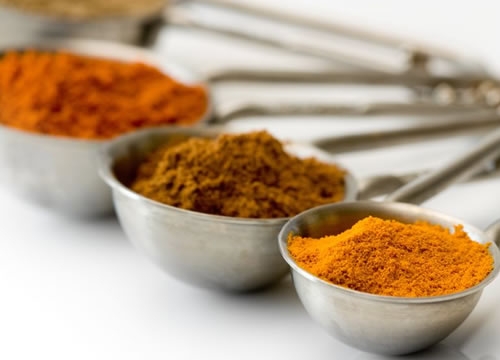
What About Curry Leaves?
Curry leaves come from the curry tree and are used in many Indian dishes, much like bay leaves are used in Italian cooking. Curry leaves taste slightly bitter and a bit like citrus, but their flavor is short-lived.
Dried curry leaves have very little flavor, so very rarely will you find them listed as an ingredient in commercially produced curry powders. If you can find fresh, bright green curry leaves, you can add them to a curry whole or chopped, or they can be ground into a spice mix that you will use immediately.
Many commercially produced curry powders are somewhat yellow, to one degree or another. This is due to the use of turmeric in the blends. The more turmeric, the more yellow the curry.
By itself, turmeric is used not only for its earthy and slightly bitter flavor but also for its brilliant yellow color (in small amounts, it is even substituted for saffron”” for the color more than the flavor). Because of its vibrant hue, turmeric is often used as a coloring agent in other food products, ranging from yogurt to popcorn seasoning to cookies.
Are There Different Names for the Various Types of Curry Spice Blends?
Yes, there are different names for the various types of curry spices, as these spices can have different names and variations depending on the region, language, and cultural traditions.
For example, garam masala, a blend of spices commonly used in Indian cuisine, can have different variations and names depending on the region. In North India, garam masala typically contains a mix of cinnamon, cardamom, cloves, and black pepper, while in South India, it may contain more fennel seeds and cumin.
Similarly, in the West Bengal region of India, the spice blend is called “panch phoron” and contains mustard, fenugreek, cumin, fennel, and nigella seeds.
Likewise, turmeric, a popular spice used in many curry dishes, can have different names depending on the region and language. For example, in Hindi, turmeric is known as “haldi,” while in Tamil, it is known as “manjal.” In some parts of India, turmeric is also known as “Indian saffron” due to its bright yellow color.
Other spices commonly used in curry dishes, such as cumin, coriander, and chili peppers, may also have different names or variations depending on the region and cultural traditions. Additionally, the specific combination of spices used in a curry dish can vary widely depending on the recipe, the cook’s preferences, and the cultural traditions of the region where the dish is from.
A Few of My Recipes Featuring Curry
- Shrimp and Sweet Potato Curry
- Bacon Wrapped Scallops Over Coconut Curry Lentils
- InstaPot Chicken Curry
- Chickpea Curry
- Curry Sauce for Scallops
Making Your Own Curry Powder

Here are a couple of recipes for making your own curry powder or garam masala. Remember that there are hundreds, if not thousands, of different recipes for these spice blends, so feel free to experiment.
The traditional procedure for making a curry powder or garam masala is always the same. Put all the whole spices except granulated ones in a dry skillet over medium-low heat.
Cook the spices for several minutes, stirring constantly, until the spices have darkened a shade or two and are fragrant. Don’t turn up the heat; this must be done slowly to toast the spices through without burning the outsides.
Pour the spices on a paper towel to cool.
Once cooled, grind all the spices together in a mortar and pestle. Stir in any ground or granulated spices after grinding. Use immediately or cover tightly and keep in a cool, dark place for 3-6 months.
Of course, grinding spices by hand using a mortar and pestle is time-consuming, and you might not end up with as fine a grind as you might like. Fortunately, you can get very good results using a spice grinder or a bladed (not burr) coffee grinder.
If you are a true purist, by all means, use a mortar and pestle, but if you want all of the flavor with less fuss, it is perfectly fine to use an electric grinder.
If you come across a recipe for a spice blend that calls for all ground spices, you can still bring some depth to the flavor by toasting in a dry skillet for 2-3 minutes; just be very careful since ground spices will burn quickly.
Madras Curry Powder (Fairly Hot)
Ingredients:
- 1 tablespoon coriander seeds
- 1 tablespoon turmeric
- 3 small dried hot chilies
- 2 teaspoons cumin seed
- 2 teaspoons fenugreek seeds
- 2 teaspoons salt
- 1 teaspoon fennel seed
- 1 teaspoon mustard seeds
- 3 whole cloves
- 1 inch piece of cinnamon
- ½ teaspoon granulated garlic
Mild Curry Powder
Ingredients:
- 2 tablespoons ground cumin
- 2 tablespoons ground coriander
- 2 teaspoons ground turmeric
- 1/2 teaspoon crushed red pepper flakes
- 1/2 teaspoon mustard seed
- 1/2 teaspoon ground ginger
Garam Masala
Ingredients:
- 2 tablespoons cumin seeds
- 2 tablespoons coriander seeds
- 2 tablespoons cardamom seeds
- 2 tablespoons black peppercorns
- 1 (3-inch) stick cinnamon, broken up
- 1 teaspoon whole cloves
- 1 teaspoon grated nutmeg
Garam Masala 2
Ingredients:
- 1-inch piece of cinnamon stick, broken into pieces
- 2 bay leaves
- 1/4 cup cumin seeds
- 1/3 cup coriander seeds
- 1 tablespoon green cardamom pods
- 1 tablespoon whole black peppercorns
- 2 teaspoons whole cloves
- 1 dried red chile
- 1/4 teaspoon freshly grated nutmeg
- 1/8 teaspoon ground mace
Homemade curry blends and garam masala made with whole spices will almost always be more flavorful than a purchased product. This is because ground spices lose their flavor much more rapidly than whole, and you cannot control how long a powder has sat on a store shelf.
If you want to purchase your curry powder and garam masala, I suggest you find a brand sold in dark jars or, better yet, metal tins, as exposure to light can rapidly degrade the essential oils in the spices.
If you are lucky enough to have an Asian, Indian, or Pakistani grocery in your area, buy your curry powders and spice blends there, as there will be a higher turnover rate, and the spices are likely to be fresher than at your local “regular” grocery store.
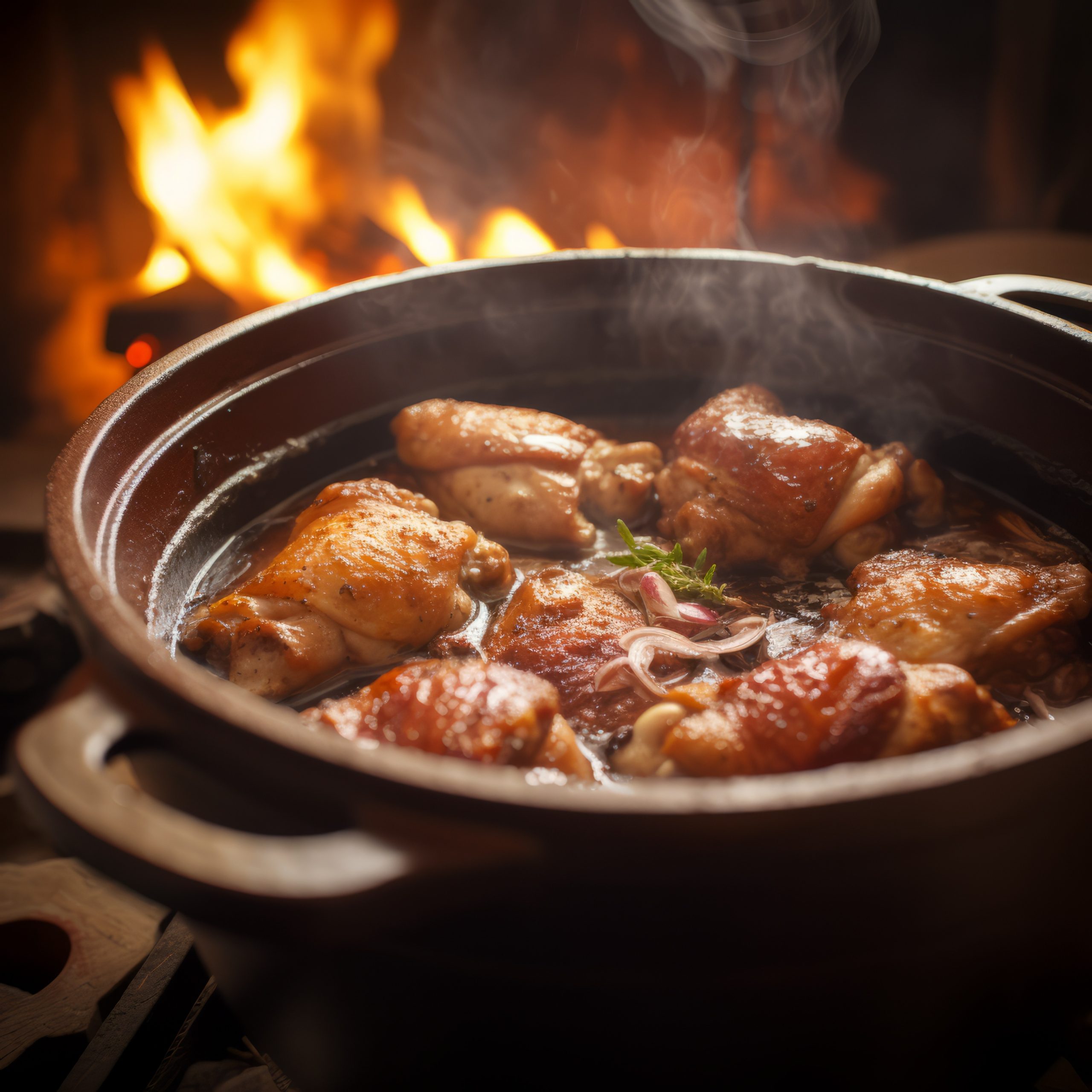
What Are Some Common Mistakes People Make When Describing Curry Regarding the Spice and the Dish?
- Using the term “curry” to describe a specific dish or flavor: One of the most common mistakes people make when describing curry is using the term to describe a specific dish or flavor. In reality, curry is a term that refers to a broad range of dishes and spice blends that vary widely in flavor, ingredients, and cooking methods.
- Assuming that all curries are spicy: Another common mistake is assuming that all curries are spicy. While many curry dishes contain spicy ingredients like chili peppers or cayenne, not all curries are hot. Some curries are mild and creamy, while others are tangy and sour.
- Confusing curry powder with curry paste: Curry powder and curry paste are two different things, but people often use the terms interchangeably. Curry powder is a blend of spices, while curry paste is a mixture of spices and other ingredients, such as garlic, ginger, and chili peppers.
- Thinking that all curry powders are the same: Another common mistake is assuming that all curry powders are the same. Different curry powders can contain different blends of spices, and the flavor can vary widely depending on the brand and the specific blend.
- Using the term “Indian curry” to describe all curries: While Indian cuisine is known for its rich and diverse array of curry dishes, not all curries are Indian. Curry dishes are also popular in many other parts of the world, including Southeast Asia, the Caribbean, and parts of Africa.
- Assuming that all curry dishes are made with a tomato-based sauce: While tomato-based sauces are typical in many curry dishes, not all are made with tomatoes. Some curries use coconut milk or other non-tomato-based sauces.



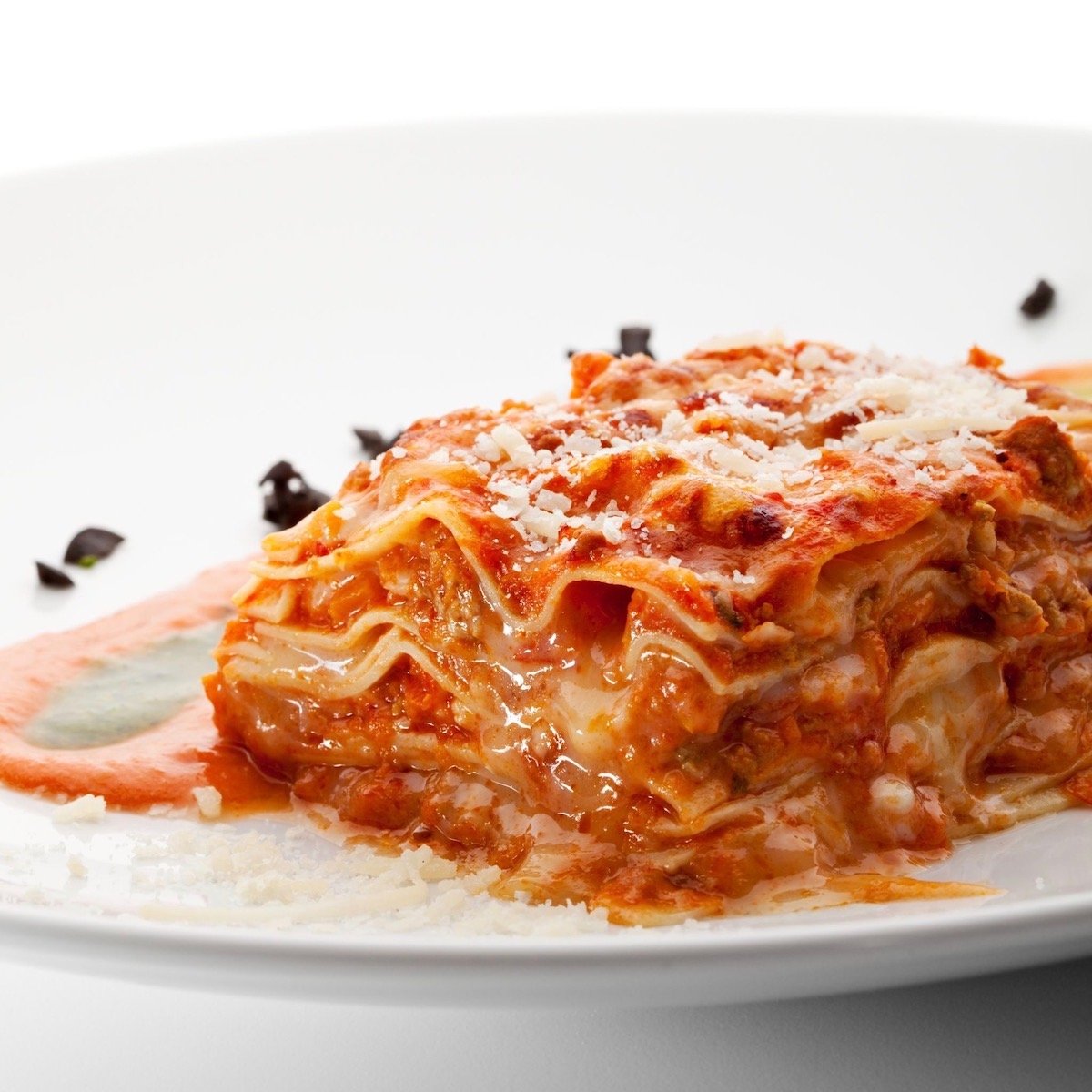






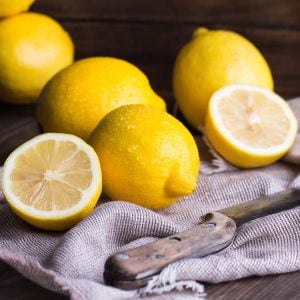

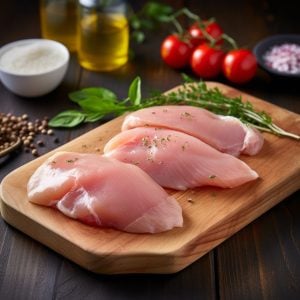



9 Responses
This is a fabulous primer. I love curry and am always looking to learn more about it. Thanks for the comment, I’m going to link to this from my curry potato recipe. Will
Thanks for the exact measurements for garam masala spice. I have tried a few varieties but they have always been weak.
I too thank you for the exact measurements as I cook for people that really know what is authentic and what is not!
herbs and spices can really make any food so tasty and yummy
Your instructions say “Put all the whole spices except in a dry skillet over medium low heat.” Except what? I’m guessing dried hot chilis or cloves?
Thanks, Marry
Mary, I think I meant to say “except granulated spices” like salt and pepper that you would add later. Also, I wouldn’t toast the cinnamon but grind that separately and add that to the mixture after the other toasted ingredients are ground. The best advice I can give is to experiment and see what combination works best for you and your own personal tastes. Hope this helps.
A friend recently asked if I liked curry. I told her I don’t know I’ve never had it before. Thanks for this great explanation. I understand now, if I use even black pepper in cooking it’s not going to get eaten…these spices sound good to me but it would never never be accepted in my family. I’ll stay up late and make my own.
Very well explained. Very useful info. Thank you,
You are very welcome Deepu. Thank you for contacting me.